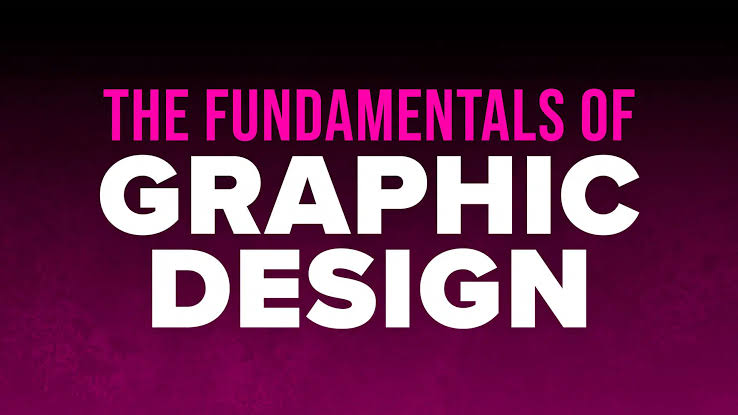Discover how to create impactful graphic design for fashion events. Learn how to craft engaging invitations, programs, and promotional materials, and effectively utilize social media to enhance event visibility and appeal. Explore tips for maintaining a cohesive visual identity and making a lasting impression.
Graphic Design for Fashion Events: Creating Effective Event Materials and Promotions
In the competitive world of fashion, the visual presentation of an event plays a crucial role in its success. Graphic design for fashion events involves creating compelling materials and promotions that capture the essence of the event and engage the target audience. From invitations and programs to social media graphics and advertising, effective design can make a significant difference in how an event is perceived and attended. This article explores the key aspects of graphic design for fashion events and offers insights into how to create impactful event materials and promotions.
Understanding the Event’s Identity
Before diving into the design process, it is essential to have a clear understanding of the event’s identity. Fashion events can vary greatly, from high-end runway shows to casual pop-up shops or fashion trade shows. Each type of event has its own unique characteristics and target audience. Identifying the event’s purpose, theme, and audience is the first step in creating effective graphic design materials.
The event’s identity will influence the design choices, including color schemes, typography, and imagery. For instance, a luxury fashion show might call for elegant and sophisticated design elements, while a streetwear pop-up may benefit from bold, edgy graphics. Understanding these nuances helps ensure that the design aligns with the event’s overall vision and appeals to the intended audience.
Creating Invitations and Programs
Invitations are the first touchpoint for guests, making them a critical component of event design. An invitation should be visually appealing and reflect the event’s style and tone. It should also provide all necessary details, such as the date, time, location, and dress code. The design should strike a balance between aesthetics and functionality, ensuring that the information is clear and easy to read.
Programs are another important aspect of event materials. They offer guests a schedule of events, information about designers or collections, and any other relevant details. A well-designed program enhances the overall event experience by providing guests with a sense of what to expect and helping them navigate the event. The design should be consistent with the invitations and other promotional materials, maintaining a cohesive visual identity throughout.
Designing Promotional Materials
Promotional materials play a vital role in generating buzz and attracting attendees to the event. These materials include posters, flyers, banners, and digital assets such as social media graphics and email campaigns. Effective promotional design should capture attention and communicate the event’s key details clearly.
For printed promotional materials, the choice of imagery and typography can greatly impact the design’s effectiveness. High-quality images of the fashion collections or previous events can draw in potential attendees, while bold typography can highlight important information. It’s essential to maintain a consistent visual style across all promotional materials to create a cohesive brand image.
Digital promotions, including social media graphics and email marketing, require a slightly different approach. These materials should be designed to stand out in a crowded digital landscape. Engaging visuals, clear calls-to-action, and easy-to-read text are crucial for capturing the audience’s attention online. Additionally, digital promotions should be optimized for various platforms and devices to ensure they look great whether viewed on a smartphone, tablet, or desktop.
Creating Visual Content for Social Media
Social media has become an indispensable tool for promoting fashion events. Creating visually appealing content for social media platforms can help build excitement and drive engagement. Each platform has its own design requirements and best practices, so it’s important to tailor content accordingly.
For Instagram, high-quality images and short, engaging videos are key. Fashion events often rely on striking visuals to capture attention, so using professional photography or well-designed graphics is essential. Instagram Stories and Reels offer opportunities for more dynamic content, such as behind-the-scenes glimpses or designer interviews.
On Facebook, event pages and posts should feature eye-catching graphics and detailed information. Facebook’s event features allow for interactive elements like RSVPs and reminders, so incorporating these features into the design can enhance the user experience.
Twitter requires concise and impactful visuals due to its character limit. Graphics should be designed to quickly convey the event’s details and generate interest. Using hashtags and mentions can also help increase the event’s visibility.
Maintaining a Cohesive Visual Identity
Consistency is key in graphic design for fashion events. Maintaining a cohesive visual identity across all materials helps reinforce the event’s brand and makes it more memorable. This involves using consistent colors, fonts, and imagery throughout invitations, programs, promotional materials, and digital content.
Creating a style guide can be a helpful tool for ensuring consistency. This guide should outline the design elements to be used, including color palettes, typography, and any specific graphic styles. By following the style guide, designers can create materials that align with the event’s overall aesthetic and reinforce its brand identity.
Final Considerations
Graphic design for fashion events involves a thoughtful approach to creating materials and promotions that resonate with the target audience and reflect the event’s unique identity. From invitations and programs to promotional materials and social media content, each design element plays a role in shaping the event’s overall experience.
By understanding the event’s identity, creating visually appealing and functional materials, and maintaining a cohesive visual style, designers can help ensure that a fashion event stands out and leaves a lasting impression. In the fast-paced world of fashion, effective graphic design can make a significant difference in an event’s success, attracting attendees and generating excitement.
